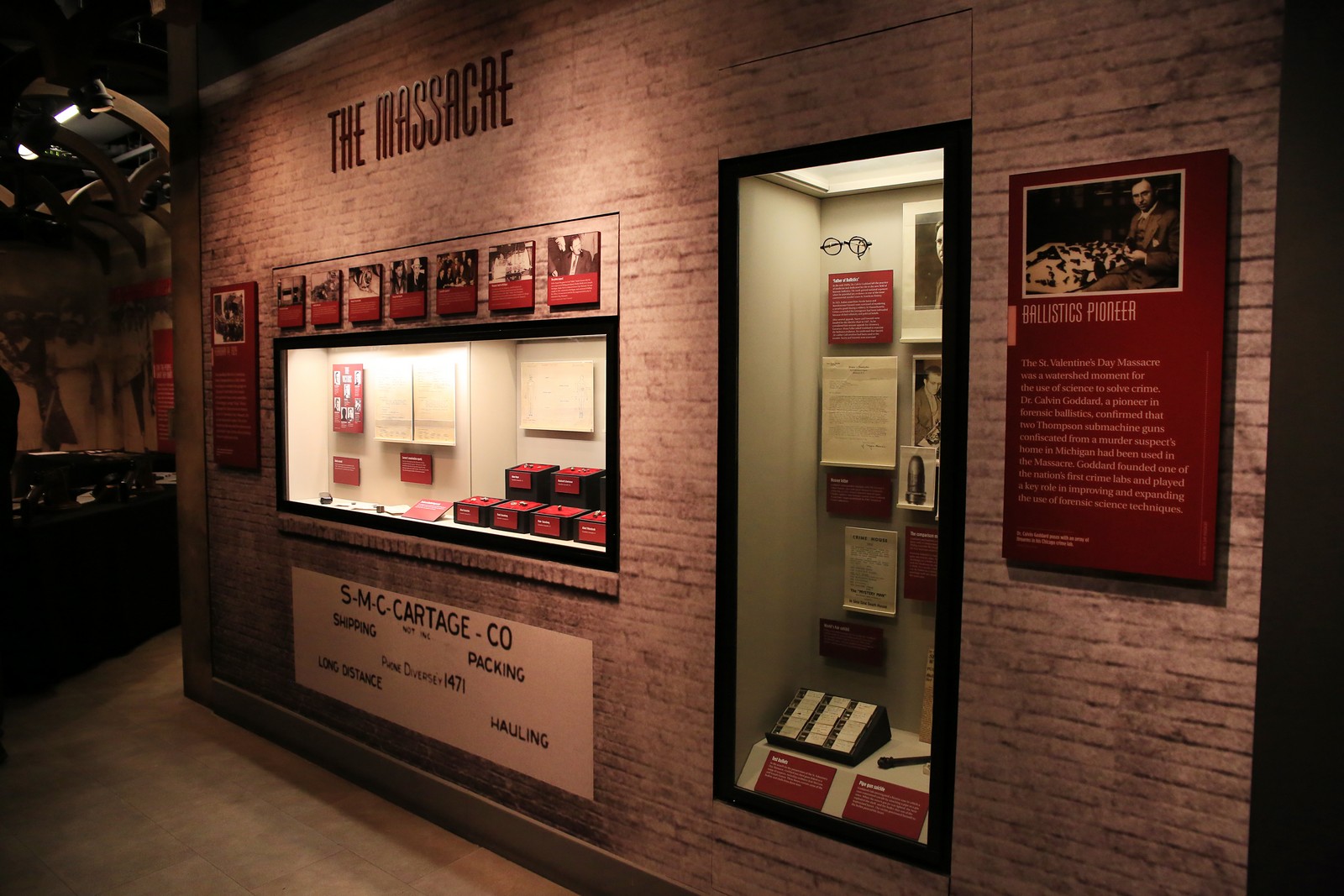
Overview
After the St. Valentine’s Day Massacre on February, 14, 1929, one of the nation’s foremost forensic scientists, Dr. Calvin Goddard, was hired to examine the ballistic evidence. Goddard compared the bullets collected from the crime scene with test bullets fired by a range of firearms. He eventually found that the .45-caliber bullets from the crime scene matched two Thompson submachine guns confiscated at the rural Michigan home of a notorious Mob hitman. Some of the ballistic evidence collected from the Massacre scene is on display here.
Gallery
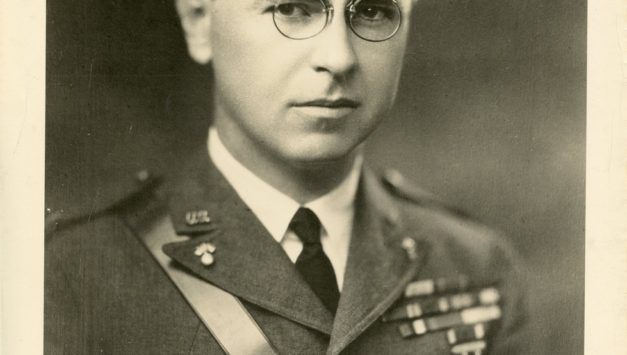
Dr. Calvin Goddard, shown in his U.S. Army uniform, was a pioneer in the new field of ballistics testing when the Cook County coroner took a scientific approach to investigating the Massacre and brought him into the investigation. Goddard's work proved that every weapon makes characteristic marks on a bullet and a cartridge shell.

Goddard’s glasses. These round-framed glasses were owned by Dr. Calvin Goddard. This style of frame was common in the 1920s and used by both men and women.
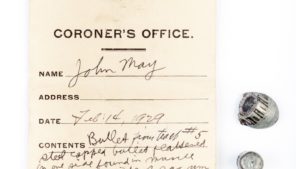
Bullets removed from the bodies of the Massacre victims were collected in envelopes with notes on where the bullet was found. This envelope held a bullet (the larger of the two shown) removed from the lower right side of John May’s back.

John May was a 36-year-old auto mechanic who worked for Bugs Moran’s North Side Gang. He was shot 10 times during the Massacre. These are two of the bullets removed from his body.
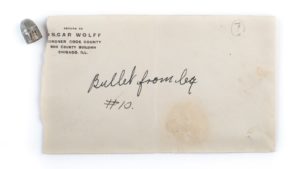
This bullet was removed from the leg of the business manager of Bugs Moran’s Northside Gang, Adam Heyer.

This photograph shows the stash of weapons and bulletproof vests police found in the possession of Fred “Killer” Burke in Michigan. Courtesy of the Berrien County Sheriff’s Department.
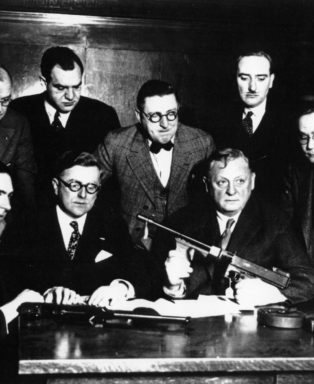
The Coroner’s Jury investigating the Massacre gathers around a table to examine several guns. Calvin Goddard is seated at the left next to bespectacled Dr. Herman Bundeson, the Cook County coroner. Courtesy of John Binder.
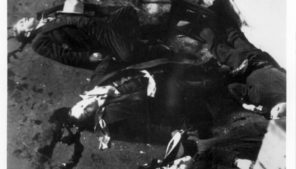
The bodies of six of the Massacre victims lay on the floor of the garage on Clark Street. Frank Gusenburg has been removed to a hospital where he would die a few hours later. Courtesy of John Binder.

Victim John May’s German Shepherd, Highball, was chained to the axel of one of the trucks in the garage at the time of the Massacre. Courtesy of John Binder.

This small box contains two bullets and two casings test fired from a .38 revolver in the forensic investigation after the St. Valentine’s Massacre. Mob Museum’s Massacre evidence collection contains 23 such boxes, two-thirds of them on display.






